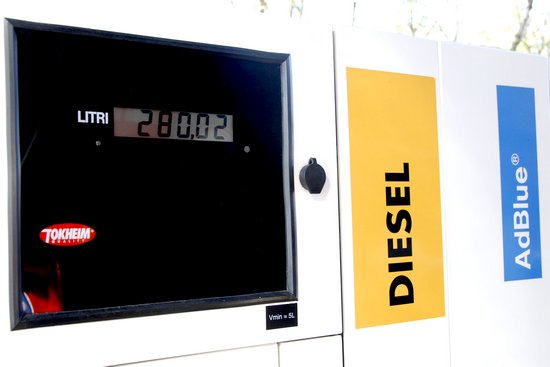In the early weeks of January 2024, air freight transportation witnessed a notable increase in globally moved tonnes, marking substantial growth compared to the same period last year. According to the data released on January 26 by WorldACD Market Data, this upward trend encompasses all major global regions, except for outbound traffic from North America.
WorldACD analysts suggest that many shippers are shifting loads from sea to air, or a combination of both, particularly for Asia-Europe shipments. This shift is largely attributed to the Red Sea crisis, forcing cargo ships to circumnavigate Africa instead of transiting through the Suez Canal, thus extending the journey by a couple of weeks. However, WorldACD notes that it's challenging to distinguish these figures from typical mid-January seasonal increases, which follow the slowdown of New Year festivities in Europe and overlap with the effects of the Chinese Lunar New Year, celebrated later this year (February 10) compared to 2023 (January 22).
Some shippers, anticipating an uptick in air transport, are booking air cargo space on major trade routes to ensure their goods are transported. However, the booking window for air transport ahead of the Chinese Lunar New Year is closing, and analysts predict the next two to three weeks could present significant challenges. A massive influx of container ships in major European ports is expected, those navigating around Africa, potentially leading to congestion at docks, in road transport, and warehouses, which might further shift traffic towards air transport.
WorldACD's weekly analysis shows that air freight tonnes globally increased by 5% in the third week of January 2024 (January 15-21), compared to the previous week. This increase follows a 25% rise in the second week over the first, bringing the tonnes nearly back to December 2023 levels and 90% of the peaks of October and November 2023. Rates remain relatively stable, with a 2% increase over early-year levels.
Regionally, WorldACD's report shows a weekly tonnage increase to Europe from China by 4% and from Hong Kong by 9%. However, compared to the early December peak, tonnes from China exceed previous levels, while those from Hong Kong do not. Rates on both routes are 30% lower than the same period. On an annual perspective, the overall global demand in weeks two and three of this year increased by 6% compared to the equivalent period in 2023, despite last year's benefits from the earlier Chinese Lunar New Year and the pre-factory closure air traffic spike in China.
The most significant increase is 21% in tonnes from the Middle East and South Asia, followed by a strong increase (+14%) in traffic from Africa and a 9% rise from both Asia Pacific and Central and South America. European tonnage saw a more modest increase (+3%), while North America continued to decline (-10%).
On the pricing front, the average global rate for the third week is $2.35 per kilogram, 22% lower than the high levels of the same period last year, yet still significantly higher than pre-Covid levels (+32% compared to January 2019). The year-over-year decrease shows double-digit percentage drops from Europe (-34%), North America (-21%), Asia Pacific (-20%), and the Middle East and South Asia (-12%). Rates from Central and South America and Africa remained more stable, with decreases of -5% and -6%, respectively.
Overall, the global air cargo transport capacity remains significantly above last year's levels (+12%), with double-digit increases from Asia Pacific (+29%), the Middle East and South Asia (+12%), and Central and South America (+12%). These data, concludes the WorldACD report, provide a clear view of the current and future dynamics of the sector, emphasizing the importance of a flexible and reactive logistics strategy to meet the evolving needs of the global market."

































































